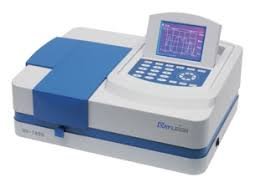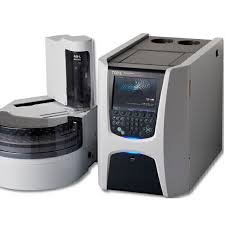
by Dr. Yashashwini Reddy | May 1, 2025
Calibration of a Total Organic Carbon (TOC) Analyzer- Calibration of a Total Organic Carbon (TOC) Analyzer is a crucial step to ensure accurate measurement of organic carbon concentrations in water, wastewater, or other environmental samples. The process typically...

by Dr. Yashashwini Reddy | May 1, 2025
Principle of Ultraviolet and Visible (UV-Vis) Absorption Spectrophotometry: Ultraviolet and Visible (UV-Vis) absorption spectrophotometry is a technique used to measure the absorption of light by a sample in the ultraviolet and visible regions of the electromagnetic...

by Dr. Yashashwini Reddy | May 1, 2025
Principle and Calibration of a TOC (Total Organic Carbon) Analyzer Principle Behind a TOC Analyzer: A Total Organic Carbon (TOC) analyzer is used to measure the amount of organic carbon present in a sample, typically water. It does this by detecting carbon atoms that...

by Dr. Yashashwini Reddy | Apr 29, 2025
The operating principle behind a pH meter is based on the electrochemical measurement of the hydrogen ion concentration (H⁺) in a solution. The pH meter works by measuring the voltage (electromotive force) generated between two electrodes—a glass electrode and a...

by Dr. Yashashwini Reddy | Apr 29, 2025
High-Performance Liquid Chromatography (HPLC) detectors are crucial for identifying and quantifying compounds as they elute from the chromatographic column. Different detectors are chosen based on the nature of the analyte and the sensitivity required. Here’s a...







